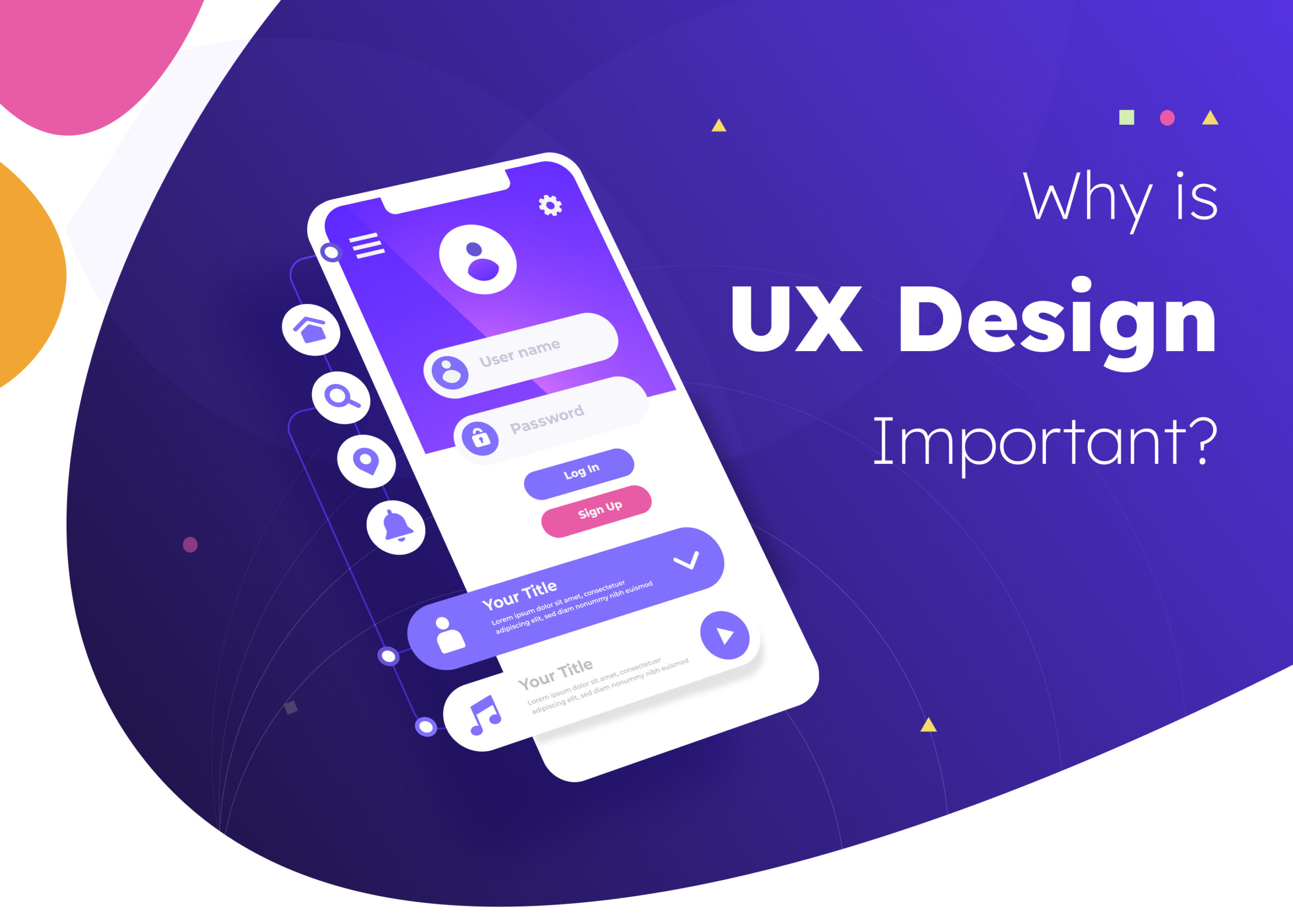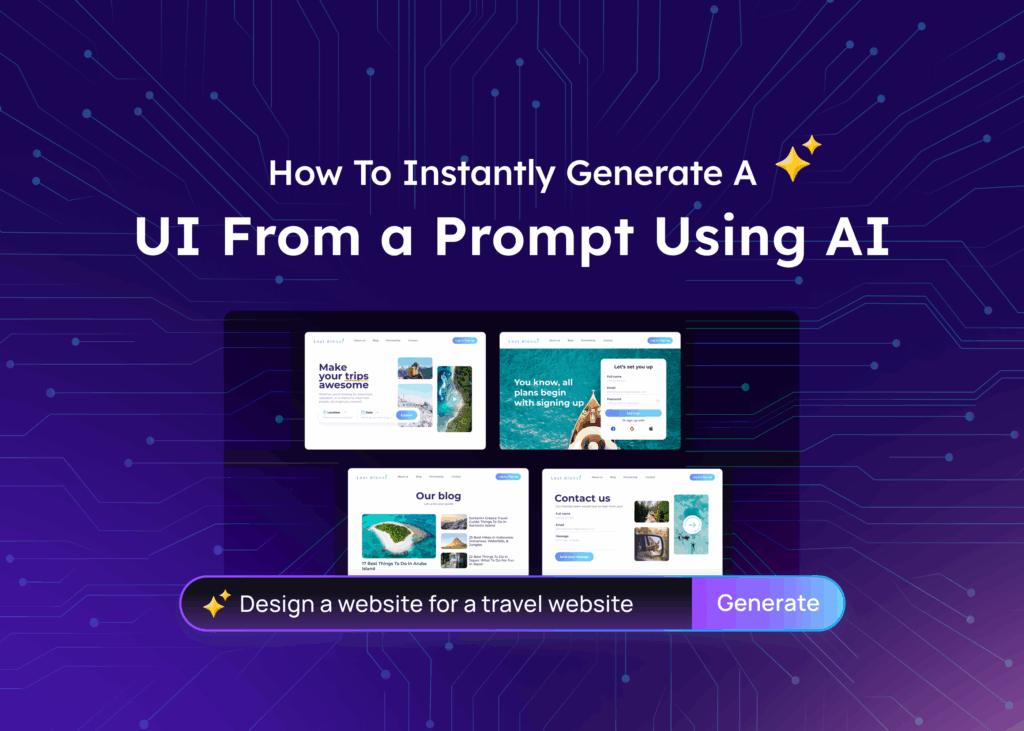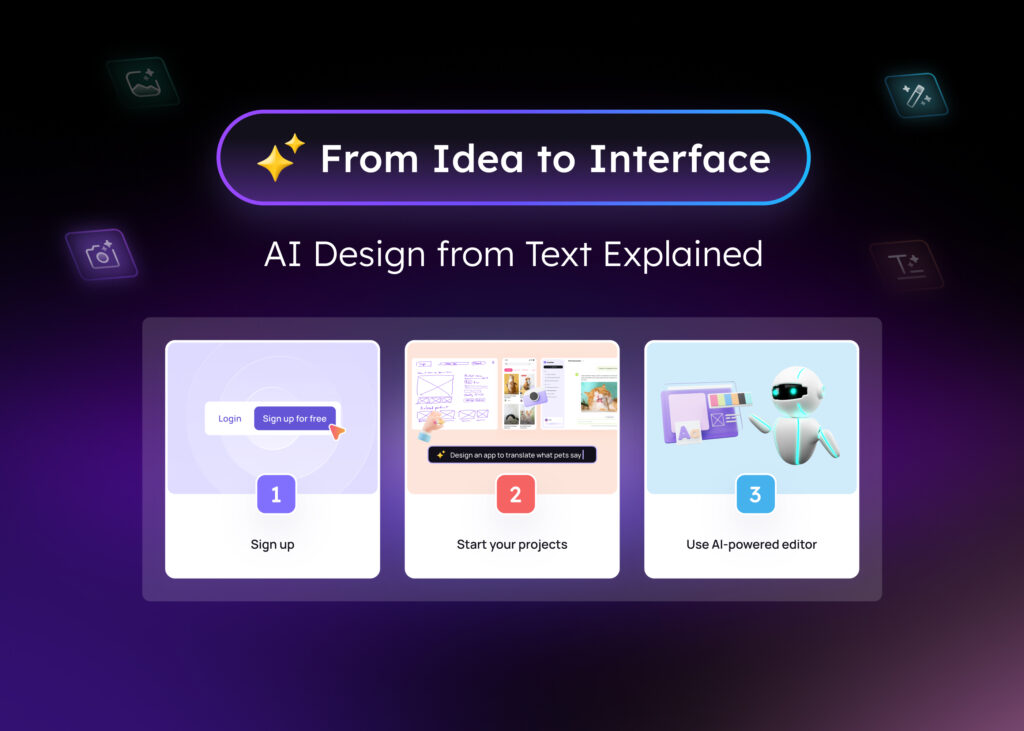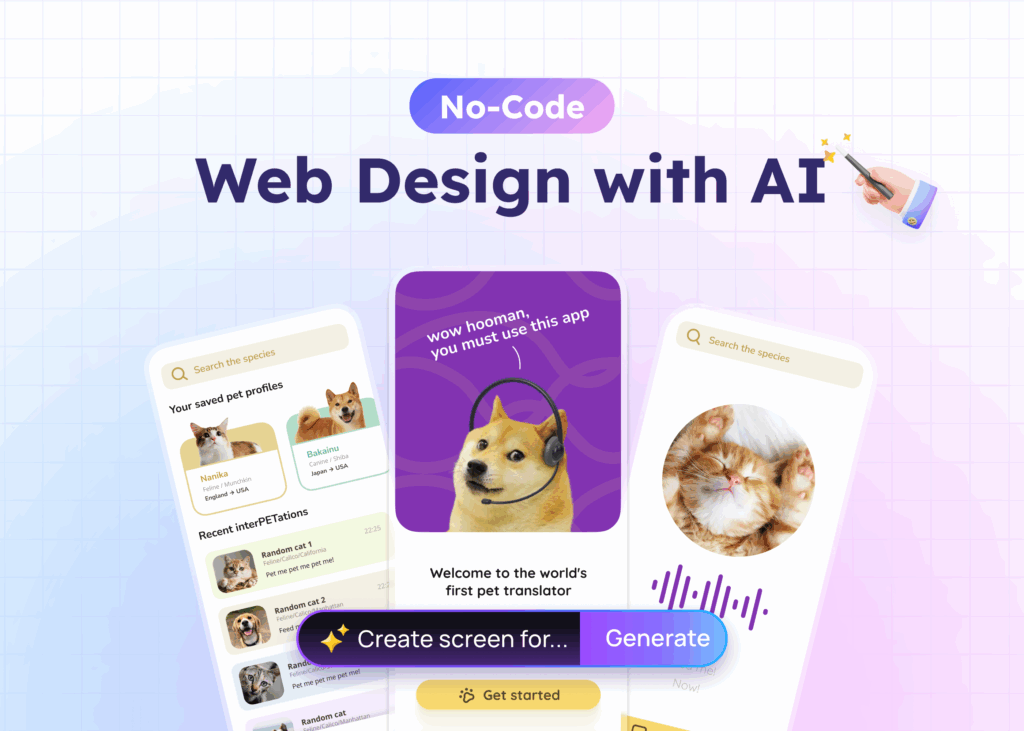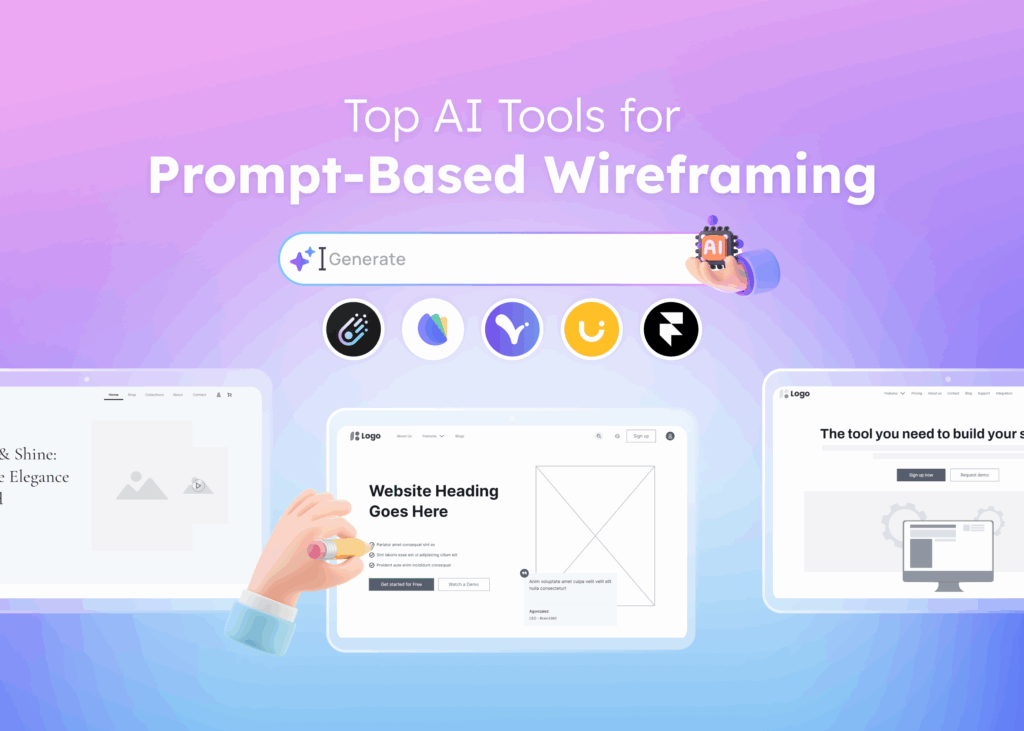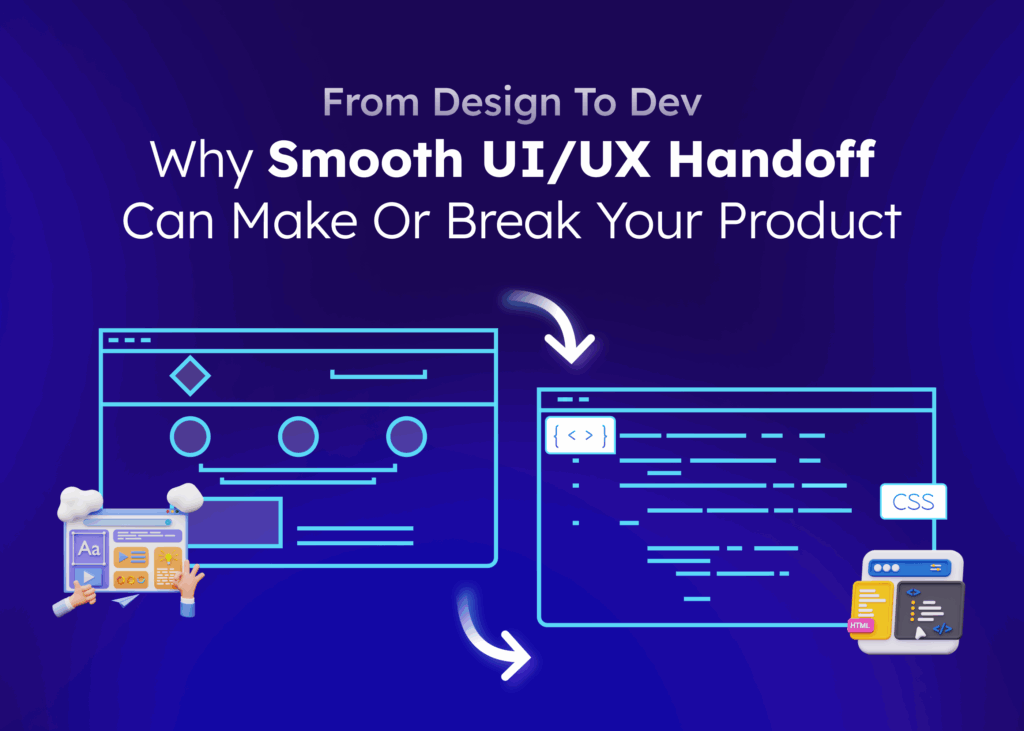In the world of technology, the way a product feels to a person matters a lot. UX design helps figure out this feeling by considering everything from clicking buttons on a web page to swiping through a mobile app. It’s not just about looking nice. It’s about making sure things work well and make sense for the person using them.
The need for UX design is growing quickly as more businesses realize how valuable it is. The better the UX design, the more likely people are to enjoy using a product, which can lead to more success for a company.
UX design is important because it tries to fulfill the user’s needs. It aims to provide positive experiences that keep users loyal to the product or brand. Additionally, a meaningful user experience allows you to define customer journeys on your product that are most conducive to business success.
In this blog, we will explore the key reasons why UX design is important and how it plays a vital role in the success of digital products by enhancing the overall user experience.
What is UX Design?
In simple terms, UX design focuses on the journey a person goes through when interacting with a digital product, like a website, mobile application, or desktop software. It’s the job of a UX designer to make this journey as smooth as possible. They use their UX skills to make sure that users complete their goals easily, like finding information or completing conversion tasks.
UX designers think about how the user interface of a digital product looks, feels and operates. They create user personas, which are like imaginary friends. User personas represent different types of people who might use their product. This helps designers to understand and anticipate the needs and behaviors of real users.
A big part of UX design is user research. UX designers spend time learning about who will use their product and what those users want and need. After that, they sketch out ideas for creating wireframes, which are basic blueprints for a web page or app. As they develop these ideas, UX designers continually test to eliminate usability issues to ensure a flawless user experience.
UX design is about putting the end user first and crafting products that are not just powerful, but also a joy to use.
UX Design Market Size and Forecast
Here are some key points about the UX design market size and forecast:
- The global UX services market size was valued at USD 2.59 billion in 2022 and is projected to grow to USD 32.95 billion by 2030, exhibiting a CAGR of 37.8% during the forecast period.
- The global user experience (UX) market size was estimated at USD 465.00 million in 2021 and is projected to reach USD 1346.20 million by 2028, growing at a CAGR of 16.40% during the forecast period.
- The demand for UX professionals is increasing, despite the overall decline in tech job rates, as more businesses prioritize user-centric design and digital transformation 4.
- The average salary for UX designers in the US is $98K, and it is higher for remote workers and in regions with high costs of living.
- The UX design industry is evolving with the integration of emerging technologies such as AR, VR, chatbots, and voice user interfaces, which offer immersive and personalized experiences for users.
(Source: Fortune Business Insights)
Importance of UX Design
Now let’s dive into why UX design is so important and how it can make a big difference in the way people use and enjoy digital products.
Enhancing User Satisfaction
One of the most important aspects of UX design is enhancing user satisfaction and engagement with digital products. A great user interface can turn a frustrating task into a simple one. When things work well and look good, users tend to stay around longer and have a better image of the brand or company.
Imagine trying to buy something online, but the buttons are confusing and the text is hard to read. That can be annoying, right? A good UX design prevents these problems. It ensures that the digital product you are using is easy to navigate and that things like buttons and menus are where you expect them to be.
UX designers focus on creating a seamless user experience. They want to make sure that everything from the site structure to visual design helps the user flow through tasks easily. This might involve user testing to get feedback from real users.
When a product is a pleasure to use, the user satisfaction soars. People will come back, and spread the word, and this can lead to more customers. Remember, a happy user often becomes a loyal customer, and that’s good for any business.
Optimizing Organizational Resources
Good UX design isn’t just about the user experience; it also helps companies use their resources smarter. When a UX designer creates a well-thought-out product, it reduces the need for costly updates and fixes later on. The graphic designers, developers, and other team members can work more efficiently if they have clear guidance from the start.
If a UX designer identifies problems early by conducting user research and usability testing, the company can avoid spending time and money on things users don’t like or find hard to use. It’s better and cheaper to make changes in the design process than after everything is built and launched.
By planning out customer journeys and creating wireframes before any code is written, a UX designer helps make sure the entire process is on the right track. This planning helps the whole team understand the user flow and the organized hierarchy of the site or app, so they can do their jobs without confusion or redoing work.
Driving Business Success
A top-notch UX design can be a driving force behind a company’s success. When users have a good time with a digital product, they’re more likely to use it again and recommend it to others. This can directly boost sales and help the business grow.
When a product is easy and enjoyable to use, it helps users get what they want faster. For example, in an online store, a well-designed product can guide the end user smoothly toward making a purchase. This is what we mean by completing conversion tasks. When these tasks are easy to complete, businesses see more sales, more sign-ups, and more user engagement in general.
User testing is a part of the UX design process that checks whether the product meets the users’ needs. If users can reach their goals with ease, that means the design is working well. Happy users often come back, and this repeat business is vital for long-term growth.
Investing in great UX design also means the product is less likely to receive negative feedback from existing and potential users. Bad reviews can harm sales, but good UX design can help maintain a strong brand reputation. This, in turn, contributes to the company’s overall business success.
Creating a Competitive Edge
In a world where many businesses offer similar products or services, having a great UX design can give a company an edge over its competitors. Think of it as a race where the product with the best design crosses the finish line first. Users often choose products that are easier and more pleasant to use, even if they do the same thing as others.
Good design makes a product stand out. When everything on a website or app works smoothly, it leaves a strong impression. If an end user can navigate all the pages without any trouble, they remember that product. They might even talk about it on social media, which can attract new target customers.
It’s not just about the look of the product. It’s also about creating an error-free user experience. Let’s say two apps do the same thing. One app is confusing and makes you tap all over the place. The other app has clear visual guides and lets users do what they want easily. Users will likely prefer the second app. That’s the one with the competitive edge.
Investing in UX design helps define a user experience that leaves a lasting positive impression. It creates loyalty, which is key for a business to thrive in a crowded market.
Aligning with User Needs
Understanding and meeting user persona is another important reason why UX design is crucial. By focusing on the people who will actually use the product, UX design ensures that the product is relevant and useful to them. Identifying and addressing these needs helps create a connection between the user and the product.
UX designers use a design thinking process to get into the minds of the users. They study user behavior and gain insight into what people really want. From there, they tailor the design to match those needs. For example, if most users are shopping on their phones, a designer will make sure the mobile app works perfectly.
Being in tune with what users need leads to a more personal and effective product. Users feel understood and appreciate that the product solves their problems or makes their tasks easier. This level of care builds trust. When target customers trust a product, they’re more likely to stick with it and even spend more.
Thus, by aligning the digital experience with user expectations, UX design can greatly enhance the consistency and quality of customer interactions, leading to greater user retention and loyalty.
Promoting Accessibility and Inclusivity
Accessibility is about making sure that digital products are usable by people with various disabilities, such as vision impairment or physical limitations. Inclusivity means designing products that are welcoming to people of all backgrounds, abilities, and ages. UX design plays a critical role in this by taking into account the wide range of human diversity.
Good UX designers think about how someone who may not see well can still navigate a website, or how someone with limited hand mobility can use an app. They create features like text-to-speech or buttons that are easy to tap. These changes help make sure everyone can use their product, which expands the potential user base.
Making a product accessible and inclusive is not just the right thing to do; it’s also good for business. It opens the doors to new target customers who might not have been able to use the product otherwise. Designers often find that features made for accessibility end up improving the user experience for everyone.
By focusing on accessibility and inclusivity, a business can reach a wider audience, stand out as a brand that cares, and it’s more likely to be favored by users who value social responsibility. This consideration in UX design boosts the overall quality of user interactions and supports the principle that technology should be accessible to all.
Fostering Innovation
UX design is a powerhouse of innovation. It encourages designers to think outside the box and create solutions that are not only new but truly beneficial for users. Instead of sticking to the same old ideas, UX designers are always looking for fresh ways to solve problems and enhance the user’s experience.
Innovation in UX design often means taking a step back and looking at the whole picture. A UX designer might ask, ‘Is there a better way to do this?’ This leads to experimenting with new layouts, adding unique features, or finding smarter ways for users to get results with less effort. For example, they might design an app that lets users complete tasks with just a swipe, rather than tapping through several menus.
This constant push for improvement can lead to breakthroughs that set a product apart. A good UX design can introduce new, more efficient interaction designs or user interfaces that can become the standard for others.
Staying innovative means that businesses can keep up with the latest trends and technologies. Doing so helps capture the attention and loyalty of users who are always looking for the next big thing. That’s why innovation through UX design is essential for staying relevant and competitive.
Scale Up Your UX Design With Visily
Visily – a tool that empowers teams to elevate their UX design process. With Visily’s streamlined editor, both designers and developers can effortlessly move through design stages, collaborating closely and iterating rapidly.
During the brainstorming phase, Visily’s diagramming and annotation capabilities make it easy to bring ideas to life, foster creativity, and consider various design alternatives. As you transition into wireframing and prototype crafting, Visily’s AI-driven features and ready-to-use components streamline the journey to creating detailed, user-friendly interfaces.
Leverage Visily’s rich library of UI elements and templates to efficiently fine-tune and validate designs, ensuring the end result is both appealing and functional. Visily enhances your workflow by integrating smoothly with other design tools like Figma, allowing for a seamless exchange of ideas between team members.
Embark on your journey to UX excellence with Visily – your go-to solution for a design process that’s faster, smarter, and fully equipped to meet the demands of modern user interfaces. Try Visily today, and take a significant step towards optimizing your digital product’s user experience.




